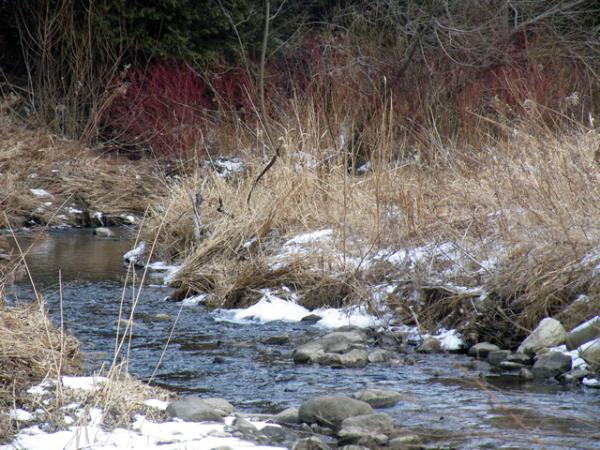When
discussing extreme events like floods, earthquakes, heavy snow, or strong
winds, people often refer to a return period (also known as a recurrence
interval). The “100 year flood” or the “30 year wind” for example. The 2010
National Building Code of Canada prescribes how loads on buildings should be
calculated. The starting points for wind and snow load calculations are based
on 50 year return periods. Discussing extreme events in terms of the return
period is a convenient way for engineers and scientists to think about the
statistical likelihood of these events. However, it’s also easy to misinterpret
what a return period really means.
The
terms “return period” and “recurrence interval” are confusing because they are
not real durations of time. In other words, the return period is not the amount
of time that should elapse between similar events. The return period is really an
estimate of the likelihood of an event’s occurrence.
Let’s
take a 30 year snow load as an example. The 30 year snow load is not an event
that repeats regularly, every 30 years like clockwork. Snow loading is random, so
there’s no reason to expect big snow loads to recur at a regular interval. If
you could look at many years of data, you’d probably find a few clusters of big
snow loads and long periods with comparatively low snow loads. But you should
find that, overall, the 30 year snow load occurs in only about 3.3% (1/30) of
the years in total.
| There are few places in the world where this wouldn't be considered a very rare snow load. (Source: Snow-Blow.com) |
Another
confusing aspect of the return period is that these all sound like rare events,
but then we hear about them all the time on the news. Are return periods being
exaggerated?
The
big issue here is that a return period is limited to a specific area where the
statistical data is valid. The 100 year flood they’re talking about applies
only to a particular area along a particular river. At a specific location, the
100 year flood is rare. But between all the rivers in the world, it’s actually
pretty likely that a 100 year flood will take place somewhere in any given year.
Another
issue is that the assumptions that went into estimating a return period might
be wrong. There’s no guarantee that future conditions won’t change, affecting the
likelihood of the event. For example, if a new town pops up and it discharges some
of its storm sewers into the river, the characteristics of that river have
changed. If it’s a small river and a big town, the river’s new 100 year flood
level could be significantly higher than it was before.
 |
| An area of Morningside Creek in Toronto, ON at normal flow. (Source: Geocaching.com) |
| This is what happens to Morningside Creek when it gets a sudden influx of stormwater from the outfalls. (Source: Friends of the Rouge Watershed) |
 |
| An area of Morningside Creek where the damage caused by stormwater outfalls is quite apparent. Regular flooding from stormwater outfalls added in the relatively recent past has caused rapid erosion of the banks. Mature trees have toppled into the river as its new floodplain gets carved into the earth. (Source: E. Victor C.) |
To summarize, return periods are not real durations of time. They are just a different way to describe the probability of extreme events such as floods and snow loads. Return periods are calculated for specific areas using historical data. Hence, extreme events are rare for specific locations, but it is fairly likely that one will occur somewhere in the world in any given year. Furthermore, factors influencing some extreme events can change over time. Therefore, return periods estimated from past events don’t always accurately reflect the probability of future events.
References
Benjamin,
J. R. and Cornell, C. A. (1970). Probability,
Statistics and Decision for Civil Engineers. McGraw-Hill, New York, NY.
Mays,
L. M. (2005). Water Resources Engineering.
John Wiley & Sons, New York, NY.
NRCC.
(2010). National Building Code of Canada
2010. National Research Council of Canada, Ottawa, ON.